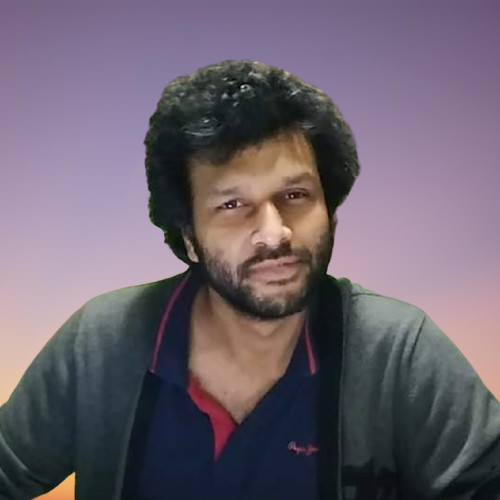Featured 2

In order to grasp the unique power, the almost primordial force of Shahabuddin Ahmed's paintings, there can of course be no alternative to surveying one of his works 'in the flesh' as it were, on the canvas it was drawn. Yet to trace the evolution of the artist whose international stature today surpasses that of any in independent Bangladesh, one would need to take in an entire body of work, from a prolific and brilliant painter who has established himself in the culture capital of the world, although unmistakably hailing from the banks of the River Meghna.
Shahabuddin - Rhythm, Colour, Movement (Cosmos Books/Somogy) - the volume under review, provides that fresh and comprehensive overview of this treasured artist, with hundreds of his paintings covering five decades of his illustrious career. The book surveys the extraordinary achievements of Shahabuddin, as he successfully finds his unique expression of figurative painting. This is the ultimate source for art enthusiasts, including some of his most formative era's works - predating the Liberation War of Bangladesh, a seminal event in the artist's career - to his rousing series on Bangabandhu Sheikh Mujibur Rahman, the man who led Bangladesh to independence, to whom he has so often returned. The great marker of Shahabuddin's oeuvre is the exploration of the human figure. The book includes not only his iconic paintings of Bangabandhu and other well-known figures like Gandhi, but also many of his less-well-known and rarely published works, that will be of great help to anyone tracing the trajectory that brought him to his signature style.
Their numbers today comprise art critics and historians from well beyond the borders of the country he helped liberate as a young platoon commander in 1971. Shahabuddin was honoured with the Chevalier de L'order des Arts des Letters (Knight in the order of Art and Literature) by the French government in 2014. As Enayetullah Khan has rightly said in his foreword, "in the birthplace of some of the most sweeping and profound artistic movements across the arts, a place which preserves an unapologetically independent and unusually rich culture of critical evaluation of the artist's endeavour, such honours aren't handed around lightly".
That also speaks to the need for this definitive volume to have been tri-lingual. All the text appears in English, French and Spanish, and the entire book represents the efforts of two publishing houses, in the form of the very first collaboration between Cosmos Books, as part of their flagship series on leading Bangladeshi artists, and Somogy Éditions d'Art, the renowned French publishing house. Apart from the paintings, critical commentary in the book comes by way of noted Bangladeshi art critics like Moinuddin Khaled and B.K. Jahangir, as well as Dominique Stal, who in his piece surely provides the most succinct summation of Shahabuddin's raison d' etre: "The body is a great reason". Amen to that.

























Leave a Comment
Recent Posts
Right On Schedule
The most eagerly anticipated, and frankly hyped up, announcement of an ...
Fighting raged along the borde ...
Fighting raged along the border of Cambodia and Thailand, with explosi ...
ICIMOD drives regional cooperation to inspire new mo ..
The Cage of Captivity and the Cry for Freedom: A Cru ..
Why Japan issued an advisory for a possible megaquak ..
The Autocrats’ War on Universities